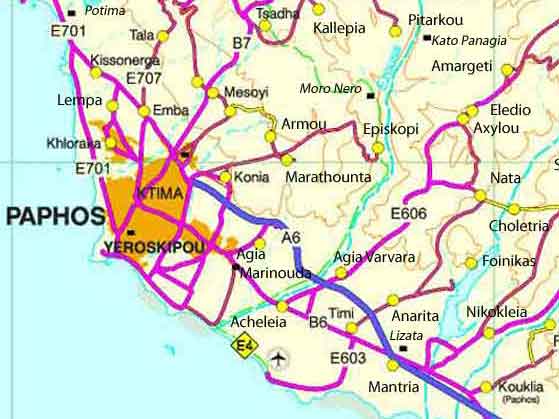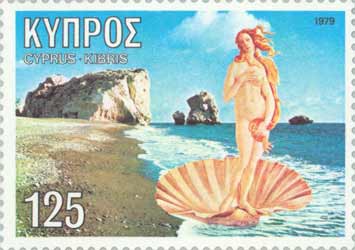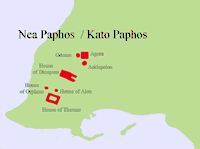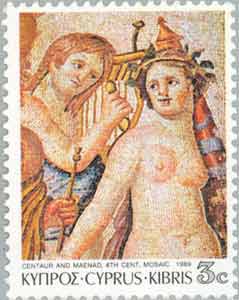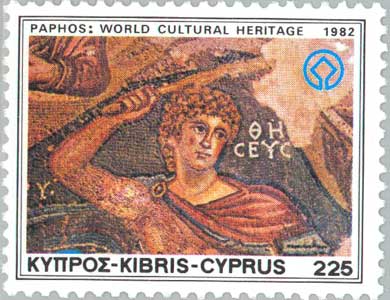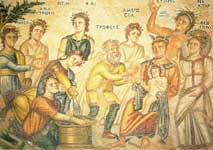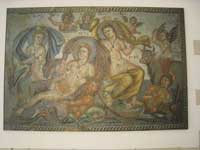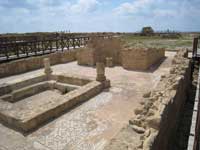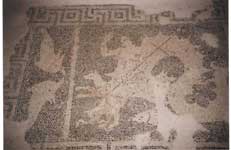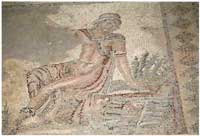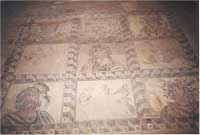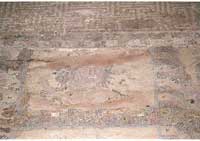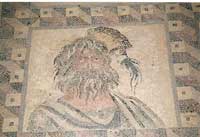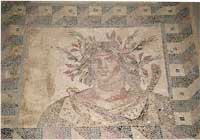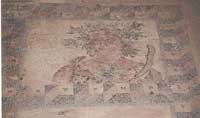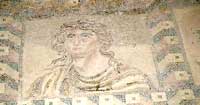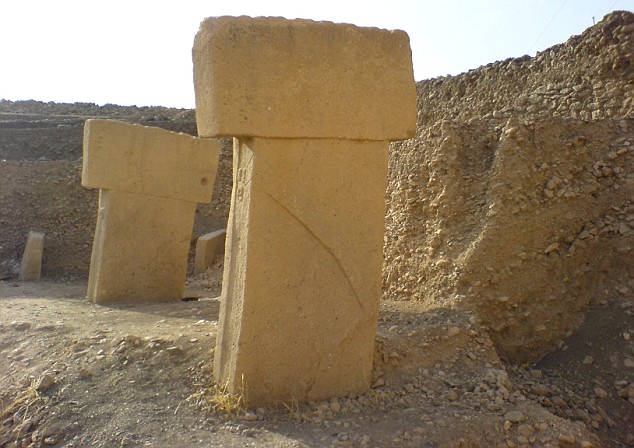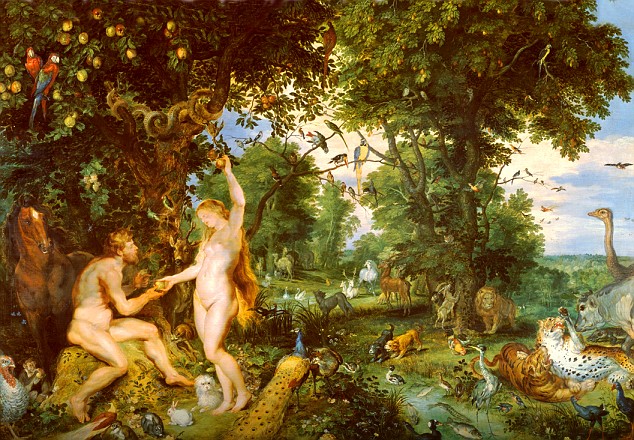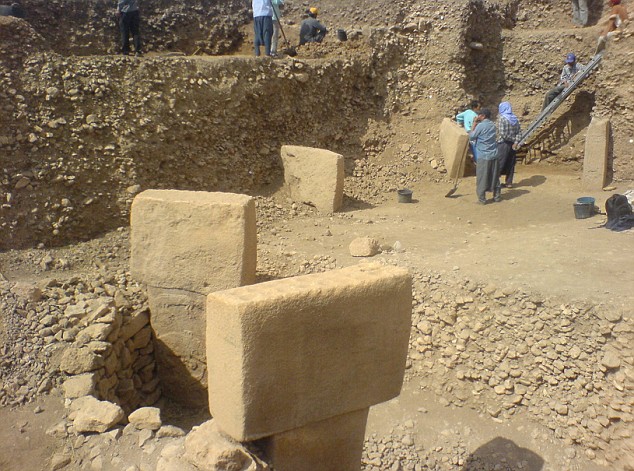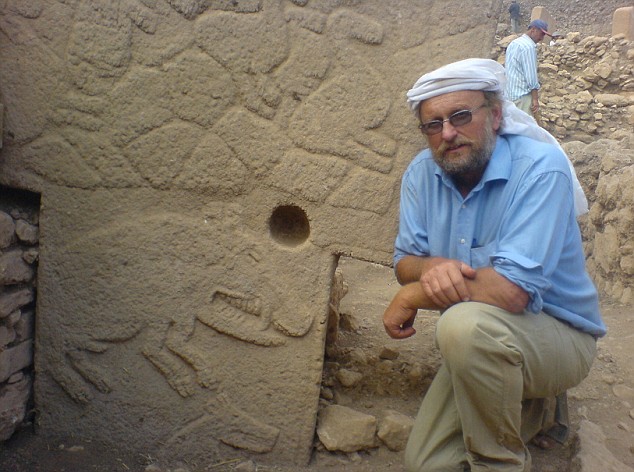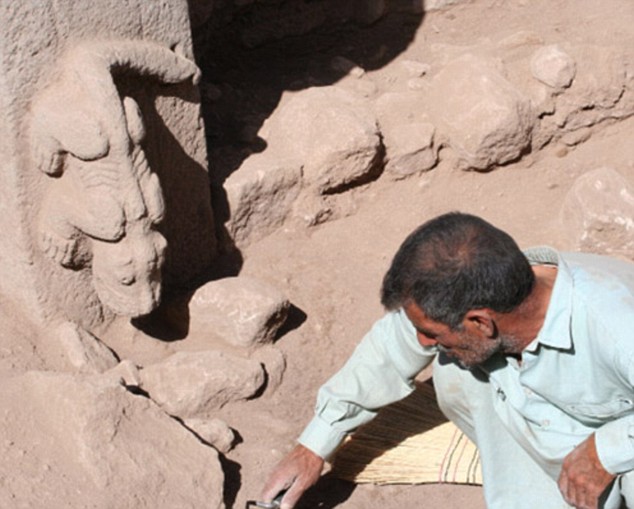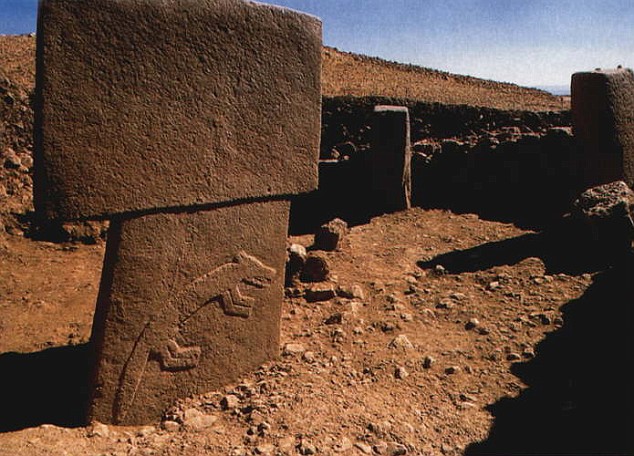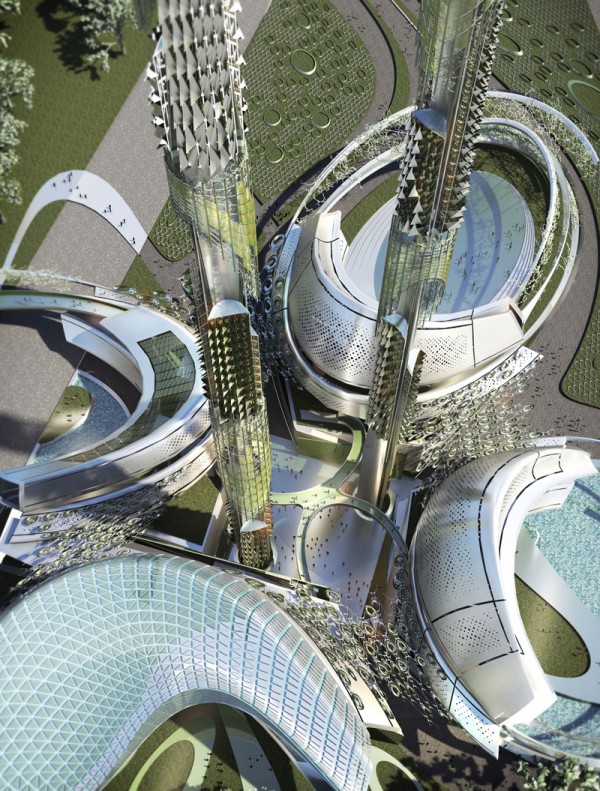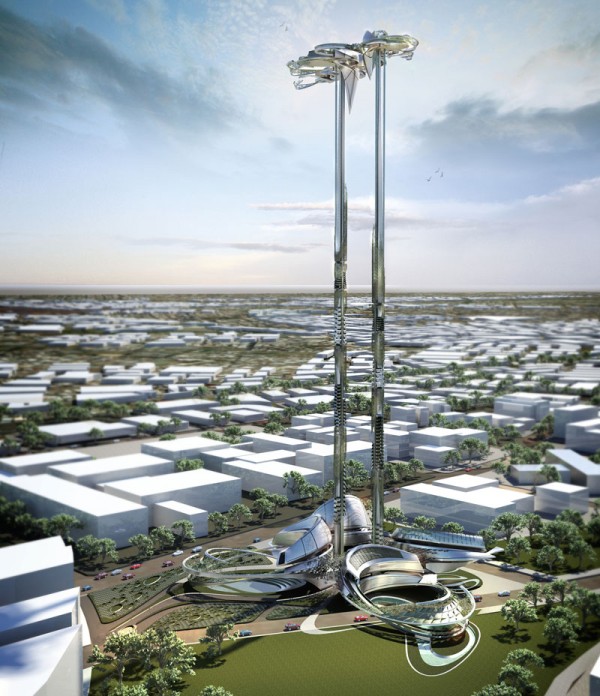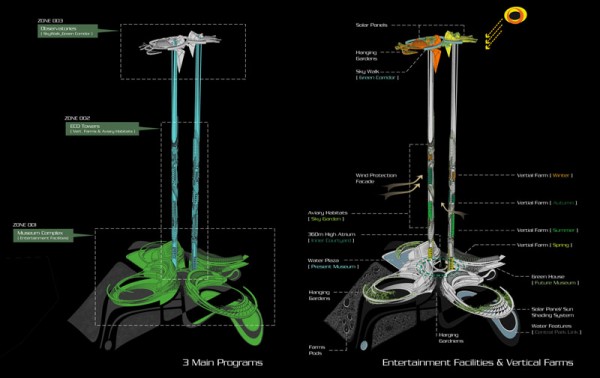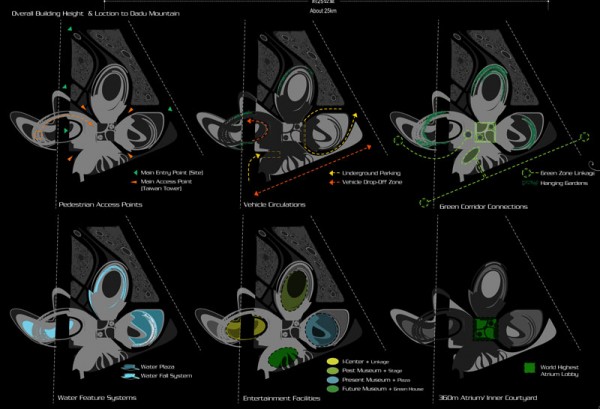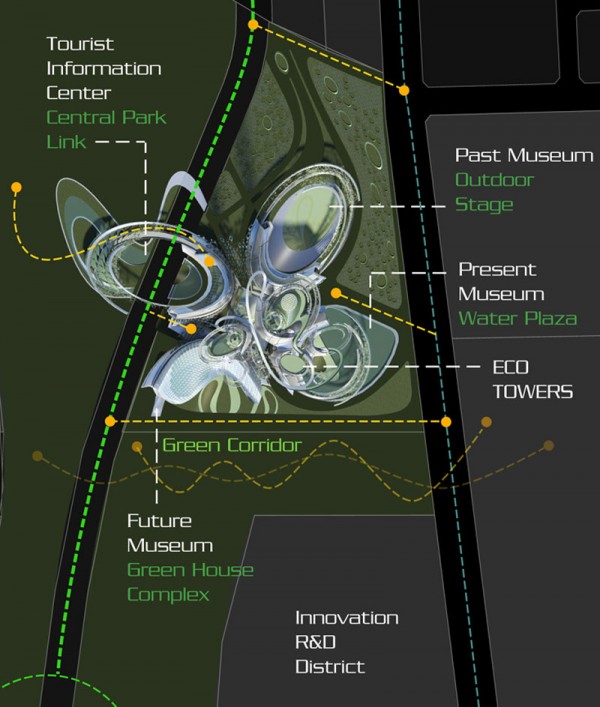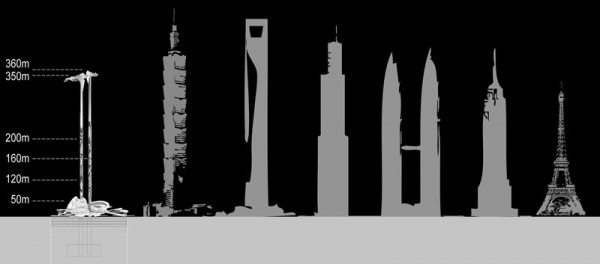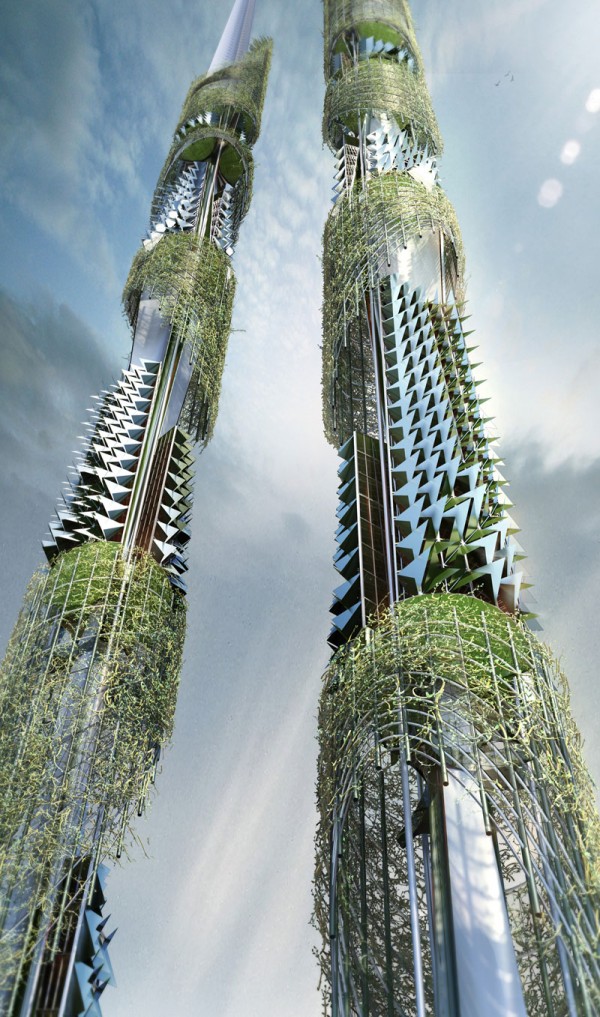Paphos-CYPRUS
Pafos, usually written Paphos in English, (Greek: Πάφος, Páfos; Turkish: Baf) is a coastal town in the south-west of Cyprus. Pafos is the mythical birthplace of Aphrodite, the Greek goddess of love, sex and beauty. In Greco-Roman times it was the island's capital, and it is famous for the remains of the Roman Governor's palace where extensive, fine mosaics are a major tourist attraction. Another famous archaeological site is the Tombs of the Kings. The Apostle Paul visited the town during the 1st century. The town of Paphos is included in the official UNESCO list of cultural and natural treasures of the world's heritage.
Paphos has been inhabited since the Neolithic period. It was founded by King Kinyras in 1400 BC. It was a centre of the cult of Aphrodite and of pre-Hellenic fertility deities. Aphrodite's legendary birthplace was on this island, where her temple was erected by the Myceneans in the 12th century BC. The remains of villas, palaces, theatres, fortresses and tombs mean that the site is of exceptional architectural and historic value. The mosaics of Nea Paphos are among the most beautiful in the world.
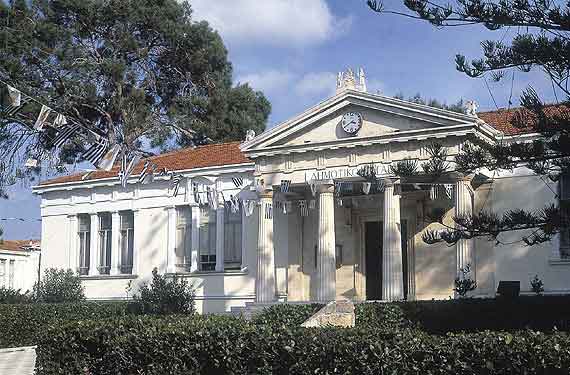
Paphos Town Hall ( Source : Aspect of Cyprus)
The port of Paphos was built by Nicocles, the last king of Paphos, at the time of Alexander the Great. It became the capital of the island replacing Salamis during the Hellenistic Period as its masters, the Ptolemies, favoured a location closer to their capital, Alexandria. The Romans retained Pafos as the seat of the Roman Governor. It was here that Apostle Paul converted the Roman Governor of the time, Sergius Paulus, to Christianity. The city contains many catacomb sites dating back to the early Christian period.
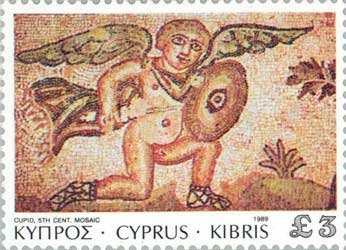 Eros (Amor) from a Mosaic, Roman period 3rd century AD | |

Poseidon, Eros and AmymonePoseidon, Eros and , House of Dionysus Paphos.
| 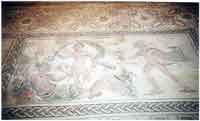
The River god Peneus, Daphne and Apollo,, House of Dionysus, Paphos.
|
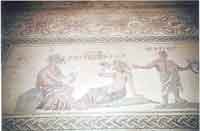
Icarius and the first winedrinkersIcarius House of Dionysus, Paphos.
| |

